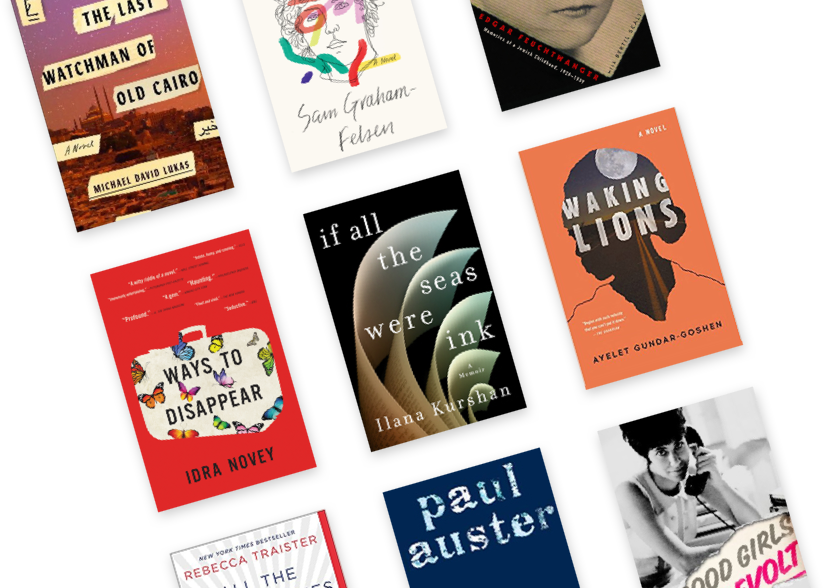To write a memoir in essays is to acknowledge the incongruous nature of memory, the way in which we might remember a scene or episode untethered from its initial context. In her debut memoir, Mothers and Other Fictional Creatures, Nicole Graev Lipson casts aside the aim of writing a single, cohesive narrative. Instead, she has carefully gathered the threads of her many selves — mother, friend, daughter, teacher, lover — and woven them into an array of textured fabrics.
Graev Lipson is an English teacher at heart, and her love of literature shines through in these twelve meticulously crafted essays. They are intimate, vulnerable, and moving — but they also ground the author’s experience (and, by extension, the reader’s experience) in a long line of others who have wrestled with her age-old questions. What does it mean to be a good mother? How can we handle the shifting nature of our relationships with our parents, children, and partners? Where does the strange journey of inhabiting a changing body lead us? In lyrical prose, Graev Lipson delves into issues surrounding gender and aging, and the feeling of being torn apart by multiple simultaneous desires.
In one essay, she writes about her conflicting emotions regarding her eldest child’s gender presentation — she’s a tomboy, perhaps, or maybe some other identity? Grave Lipson doesn’t pretend to know what the right path is for a mother trying her best to support a child on her journey of becoming. Instead, she examines her own discomfort and calls on various literary characters (Woolf’s Orlando, Shakespeare’s Rosalind, among others) to sketch a portrait of existing in a blurry middle ground. “So often, as a mother, I’m either being a gatekeeper [ … ] or a cheerleader [ … ] but between these poles lies a different way,” she writes, going on to explain this third way is to be “a shaded wood where [my children] can play out their possible selves.”
Has there ever been a more difficult challenge than to let life take its course without attempting to exert control? Graev Lipson asks this question over and over: When she finds her son misbehaving at a Hebrew School tikkun olam activity and must come to terms with her own interpretations of the situation, when she reckons with her parents’ complex relationship, when she struggles with being a woman in a changing, aging body. Time and again, life presents a puzzle. Time and again, the author seeks answers that shift, hologram-esque in their shimmering.
Graev Lipson’s project is to dwell in that shimmering. Like the many authors (from Emily Dickenson to Doris Lessing) she cites, she isn’t interested in solving the human condition. She wants to revel in the poetry of it, offering wisdom and perspective, and expressing the nuance within us all. With the deftness of a skillful weaver, she has accomplished this goal tenfold.
Mikhal Weiner is an Israeli-American writer, journalist, and part-time Cantor living in New Jersey with her wife and two kids. She graduated Summa cum Laude from Berklee College of Music in 2014. She has written music and book reviews, profiles of artists, reported work, and personal essays for publications like Parents, NY Jewish Week, Real Simple, Pride Source, and more. Her Substack, Welcome to the Chaos Palace, is about exploring the idea that coloring outside the lines can unlock new realms of creativity and innovation. It’s also about being a mom with ADHD and Judaism and queerness. Her work, whether text or music, is deeply influenced by her experiences growing up as an Israeli gay woman in the early aughts and her love of words and music. She loves writing about people, places and the ways their stories intersect.





